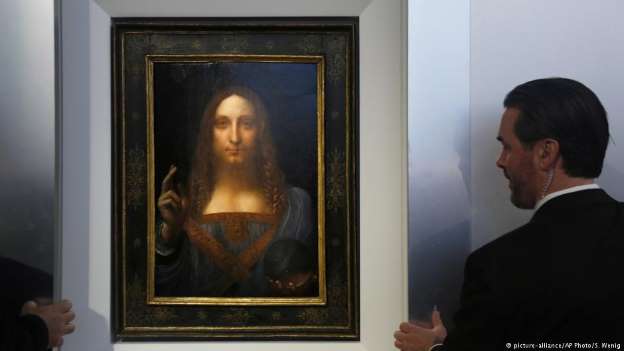Here's what you need to know about the haka's origins, the meaning behind it and what the words attached to the dances performed by the All Blacks mean.
What are the origins of the Haka?
Haka is the generic name given to all Maori dance and, rather than always being a war dance, it is traditionally a celebratory expression of vitality and identity.
According to Maori folklore, it was created by Tane-rore, the child of Sun God Tama-nui-to-ra and his wife, who is represented by the quivering hands that feature in the dance.
The war haka, or peruperu, was performed by Maori warriors before battle to intimidate enemies by demonstrating their fierceness and strength. However, today's performances are mostly without weapons, known as haka taparahi.
The haka is regularly used as a welcome greeting for distinguished guests to New Zealand
The first Europeans to witness the dance in the 18th century were struck by its ferocity and passion, while Christian missionaries in the 19th century strove to eradicate it for conflicting with their beliefs, and replace Maori chants with hymns.
Haka performance clubs are common in schools in New Zealand, with the Te Matatini Maori performance arts festival hosting a competition every two years.
The most recognisable haka for rugby fans is Ka Mate, which was composed by a Maori chieftain in 1820.
Its association with rugby began with its performance by the "New Zealand Natives" in 1888, and it has gone on to underpin the All Blacks' unique identity in the sport.
The war haka was performed by Maori warriors to intimidate their opponents before battle (Getty Images)
Since August 2005, when it was debuted against South Africa, they have also often performed the new Kapa O Pango haka, written in tribute of the rugby giants.
Despite its global popularity, the haka's increasingly widespread performance has proved controversial, particularly with brands keen to capitalise on the All Blacks' commercial potential.
In 2011, the dance was often the basis for flash mobs promoting the Rugby World Cup in New Zealand, prompting accusations of cultural appropriation from Maori leaders.
Peter Love, who runs an organisation protecting Maori reserves, said: "I'm concerned our Maori culture is being abused by the overuse and inappropriateness of the haka when it is performed outside special occasions.
"The haka in our culture is something which is regarded as special and should not be bastardised by sport."
What do the words of the haka mean?
Ka mate, Ka mate (the haka performed by the All Blacks from 1888 to 2006)
Ka Mate! Ka Mate! Ka ora! Ka ora!
Ka Mate! Ka Mate! Ka ora! Ka ora!
Tenei te tangata puhuru huru
Nana nei I tiki mai
Whakawhiti te ra
A upa … ne! ka upa …ne!
A upane kaupane whiti te ra!
Hi!
I die! I die! I live! I live!
I die! I die! I live! I live!
This is the hairy man
Who fetched the sun
And caused it to shine again
One upward step! Another upward step!
An upward step, another… the sun shines!
There are two versions of the haka performed by the All Blacks (Getty Images)
Kapa O Pango (the specially written haka performed by the All Blacks since 2006)
Taringa whakarongo!
Kia rite! Kia rite! Kia mau!
Hi!
Kia whakawhenua au i ahau!
Hi, aue! Hi!
Ko Aotearoa, e ngunguru nei!
Hi, au! Au! Aue, ha! Hi!
Ko kapa o pango, e ngunguru nei!
Hi, au! Au! Aue, ha! Hi!
I ahaha!
Ka tu te ihi-ihi
Ka tu te wanawana
Ki runga i te rangi, e tu iho nei, tu iho nei, hi!
Ponga ra!
Kapa o pango! Aue, hi!
Ponga ra!
Kapa o pango! Aue, hi!
Ha!
Let me go back to my first gasp of breath
Let my life force return to the earth
It is New Zealand that thunders now
And it is my time!
It is my moment!
The passion ignites!
This defines us as the All Blacks
And it is my time!
It is my moment!
The anticipation explodes!
Feel the power
Our dominance rises
Our supremacy emerges
To be placed on high
Silver fern!
All Blacks!
Silver fern!
All Blacks!
aue hi!





















